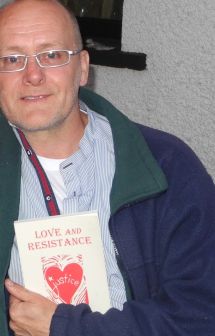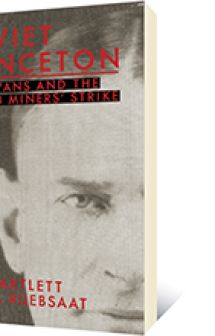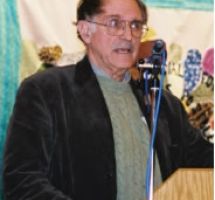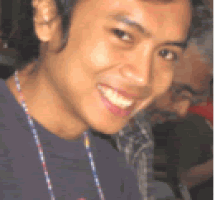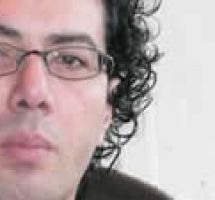“…your wife has been for me, ever since I was a boy, one of the great interpreters of the world.”
Hubert Butler, Ireland. page 149
I know the editor of this book and have read her works; some are reviewed on this site. A whole book of condolence letters seemed such a narrow and peculiar subject that I would not have chosen to read it if it weren’t for my knowing Oldfield. I am so glad I did seek it out and pour over these letters. They gave me the realization that the greater world of friendship and creativity can enclose us all.
Oldfield taught at the University of Sussex for many years and lives near Rodmell where Woolf lived and died. Her previous writing and her own commitment to peace and feminism makes her sensitive and knowledgeable on the life and importance of Virginia Woolf. She is the right person to gather these letters and link them with information and perception. In 2006 she gave the Annual Virginia Woolf Birthday Lecture in London on ‘The Child of Two Atheists–Virginia Woolf’s Humanism’.
We live in an era where letter writing is no longer common – replaced by the brief and ephemeral E-mail and telephone.

Argentine writer and feminist Victoria Ocampo translated VW into Spanish. She said in her obituary of VW, “The dead whom we love dwell in us.” She also had a striking resemblance to her contemporary, my own mother. (photo from Afterwords)
We are fortunate that all these letters were preserved and apparently every one of them was answered personally. Every letter is different and each expresses a personal and literary sense of loss. This collection is a vivid cultural history of the significance of one woman, her work and her place in the world. Not least was her part in the life of a ten year old friend who wrote a touching letter of sincere sympathy.
Oldfield prepares us with an excellent introduction setting the correspondence in a time of crisis, when England was at war and defeat seemed possible. The Woolf home in London was bombed; their country home, Monk’s House, close to the Sussex coast, was in a restricted zone. Virginia Woolf was opposed to war and her sorrow at this time is reflected in her work. Her death was however a result of her recurring bouts of extreme mental illness and her suicide was her way of ending her fear of yet another attack of pain and illness. Her husband Leonard and her close family, devoted at all times and caring throughout her bouts, were grief-stricken at her action, but she could not face her pain or theirs any longer. When I visited her home, a bright and pretty house, preserved with the colourful art and craft of friends and family, I saw her sunny and humble garden studio and the peaceful meadow leading to the River Ouse, I could not begin to imagine the depth of her fear and despair.
The editor’s introduction and the notes after every letter with a brief biography of the writer and her/his connection to Woolf put the letters in a broad historic, personal and literary context and give them a wider and deeper meaning. It is truly amazing how many people from all walks of life – neighbours, writers, academics, politicians, activists, her wider readership and friends of all kinds – poured out their sympathy, love, grief, and acknowledged their personal and artistic debt to this great figure of the 20th century. I was moved by so much eloquence, honesty and compassion. I felt I learned much about this woman to whom all feminists and pacifists owe so much. I finished the book in tears and went out to obtain and re-read Three Guineas. Sixty years later she is interpreting my world and helping me understand the present.

 Follow
Follow

